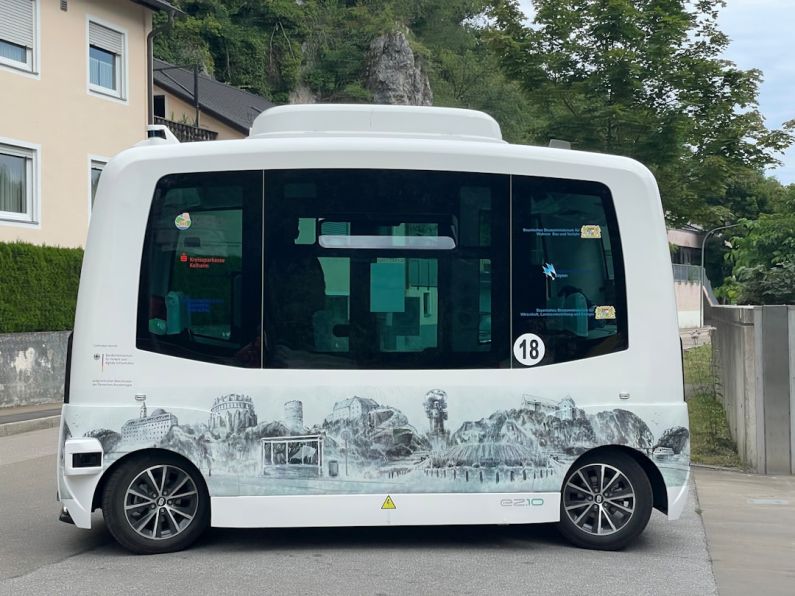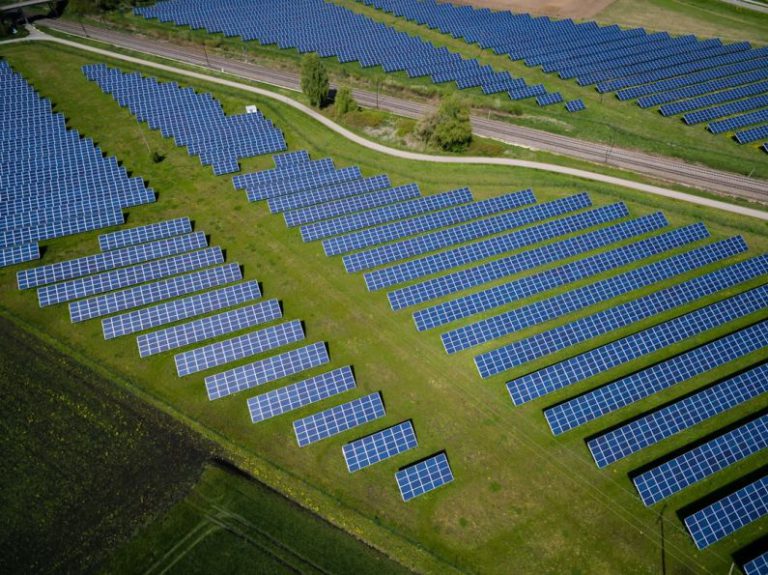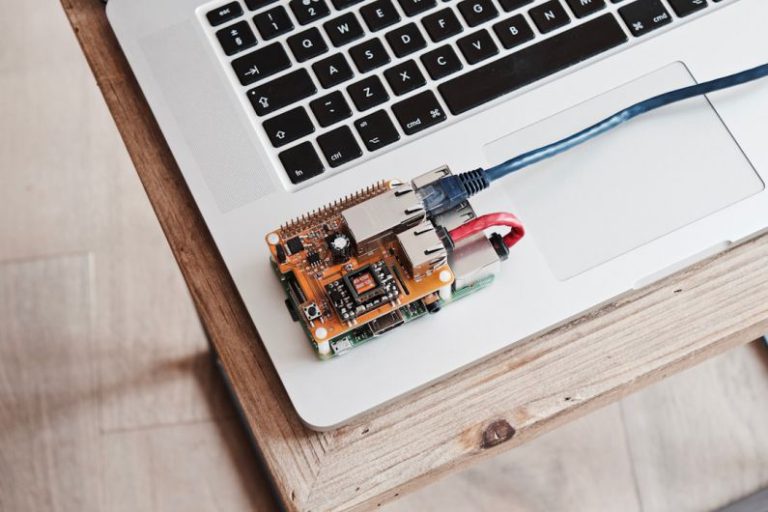The Impact of Autonomous Vehicles on Urban Design
The rise of autonomous vehicles is poised to revolutionize the way cities are designed and experienced. As self-driving technology continues to advance, the implications for urban landscapes are profound, touching on everything from transportation infrastructure to land use planning. In this article, we delve into the impact of autonomous vehicles on urban design and explore the potential opportunities and challenges that lie ahead.
Changing Transportation Infrastructure
One of the most significant impacts of autonomous vehicles on urban design is the potential to reshape transportation infrastructure. With self-driving cars expected to communicate with each other and traffic systems seamlessly, traditional road networks may need to be reconfigured to accommodate this new mode of transport. Dedicated lanes for autonomous vehicles, along with reduced parking requirements in urban centers, could free up valuable land for other uses, such as green spaces or mixed-use developments.
Making Streets Safer and More Efficient
Autonomous vehicles have the potential to make streets safer and more efficient by reducing human error and optimizing traffic flow. With self-driving cars capable of communicating with each other in real-time, traffic congestion could be minimized, leading to smoother and faster commutes. This increased efficiency could also have a ripple effect on urban design, influencing where people choose to live, work, and socialize within a city.
Reimagining Public Spaces
As autonomous vehicles become more widespread, cities may have the opportunity to reclaim streets and parking lots for public use. Imagine a future where parking garages are repurposed into vibrant community spaces, or where streets are transformed into pedestrian-friendly promenades lined with cafes and shops. The shift towards autonomous vehicles could unlock new possibilities for urban designers to create more livable and sustainable cities that prioritize people over cars.
Challenges and Considerations
While the potential benefits of autonomous vehicles on urban design are vast, there are also significant challenges that need to be addressed. Privacy concerns, cybersecurity risks, and the impact on public transportation systems are just a few of the issues that city planners and policymakers will need to navigate as self-driving technology becomes more prevalent. Additionally, questions around equity and accessibility must be carefully considered to ensure that autonomous vehicles benefit all members of society, not just a select few.
Balancing Innovation with Tradition
As cities grapple with the impact of autonomous vehicles on urban design, there is a delicate balance to be struck between innovation and tradition. While self-driving technology holds the promise of creating more sustainable and efficient urban environments, it is essential to also preserve the unique character and identity of each city. By embracing a human-centered approach to urban design, cities can leverage the benefits of autonomous vehicles while maintaining the cultural heritage and sense of place that make them special.
Looking to the Future
The integration of autonomous vehicles into our cities is not a question of if, but when. As self-driving technology continues to evolve and become more widespread, urban designers and planners must stay ahead of the curve to ensure that our cities are ready for the future. By considering the impact of autonomous vehicles on urban design now, we can shape a more resilient, sustainable, and inclusive urban landscape for generations to come.






